Free vowel printable resources for students! These vowel printables are free PDFs that will support your readers with charts, games, lists, worksheets, and so much more! These resources were created with your students in mind, making them highly engaging as well as teacher friendly!
There are five vowels in the alphabet:
a, e, i, o, u.
Sometimes the letter y acts as a vowel, too.
Find free printable vowel charts and teaching resources for students learning short and long vowel sounds below.
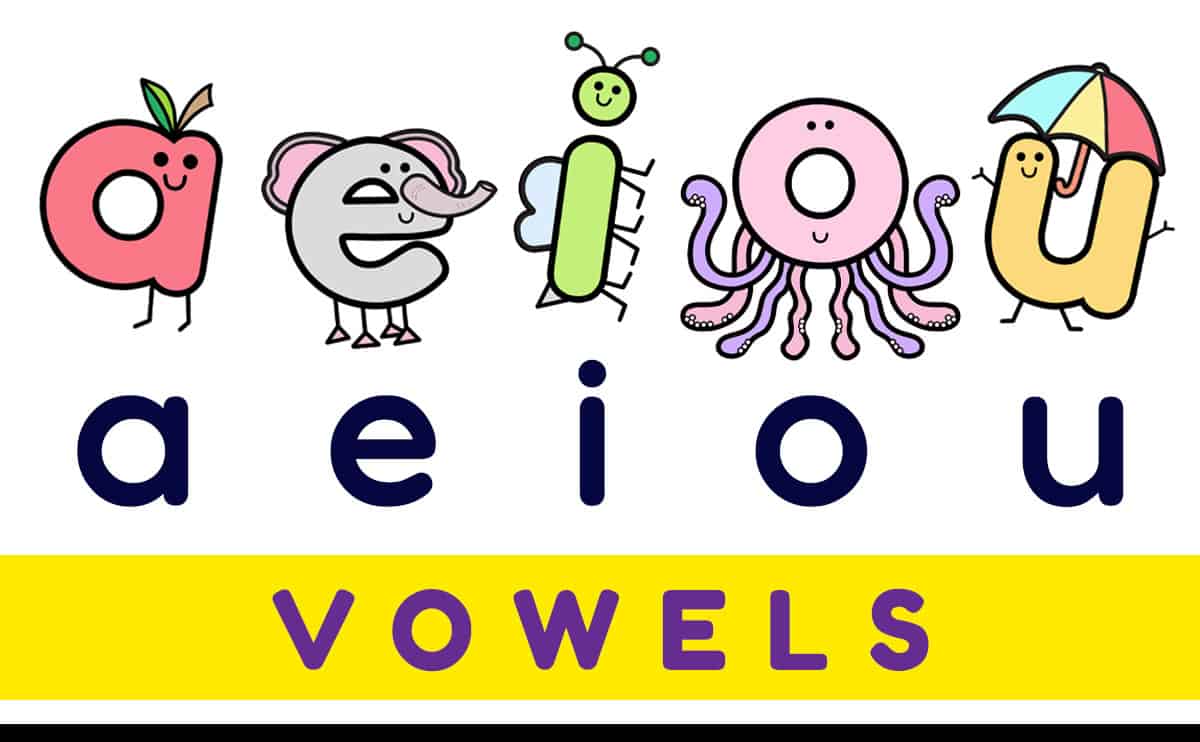
Short Vowels Printables
Free short vowel printables for a, e, i, o, and u short vowel sounds. Short vowel sounds are simple and easy for early readers to learn and are generally introduced before long vowel sounds. Download and print our show vowel PDF resources below:
Long Vowels Printables
Free printable long vowel teaching resources for a, e, i, o, an u long vowel sounds. Long vowel sounds are easy to remember because the vowels get to say their name. For each long vowel sound below you’ll find printable long vowel charts, games, activity pages, worksheets, BINGO, and more.
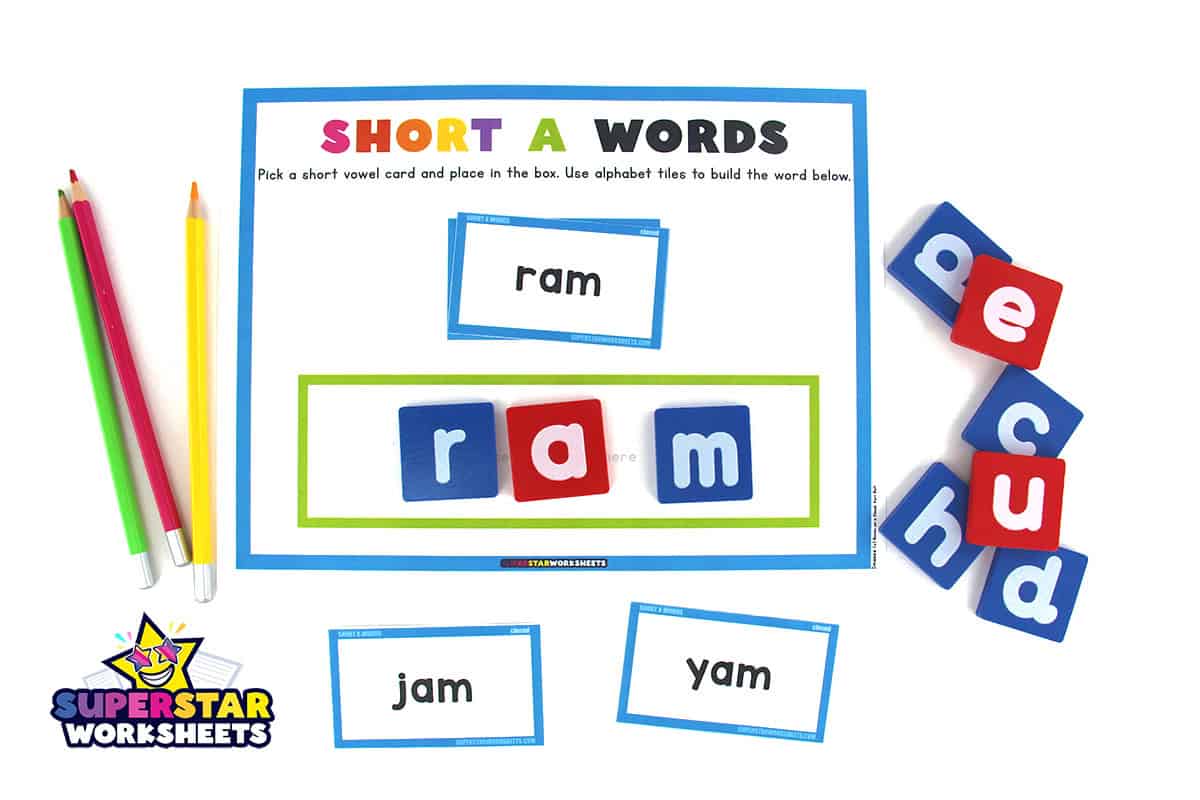
What Are Vowels?
Vowels are super special letters in our alphabet that help us turn our talking into words. There are five main vowels: A, E, I, O, and U. Sometimes, Y joins the party and acts like a vowel too, but only when it feels like it!
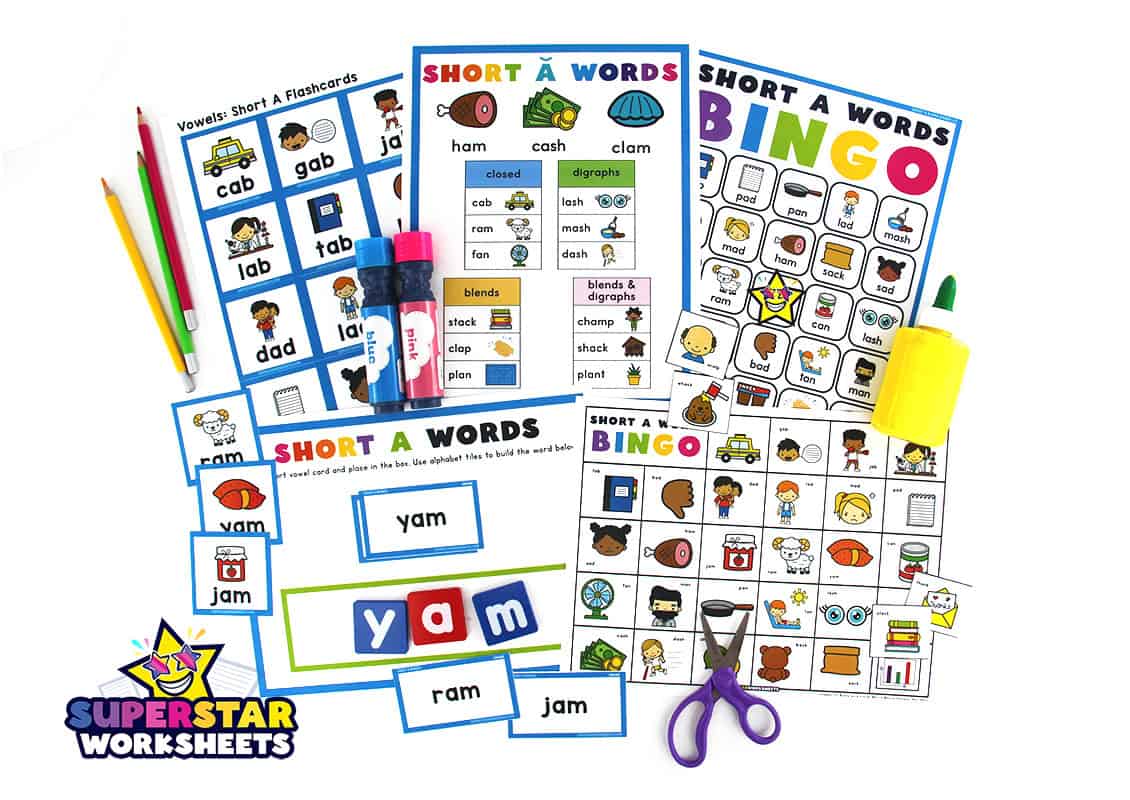
When to Teach Vowels
Introducing vowels to students in classroom and homeschool settings is a foundational step in teaching reading and writing skills. This often takes place when children are in preschool or kindergarten, typically between the ages of 4 and 6. This timing is crucial as it aligns with children’s developmental readiness to understand and differentiate between sounds, a key skill in phonemic awareness. Starting vowel education at an early age helps in laying a strong foundation for literacy.
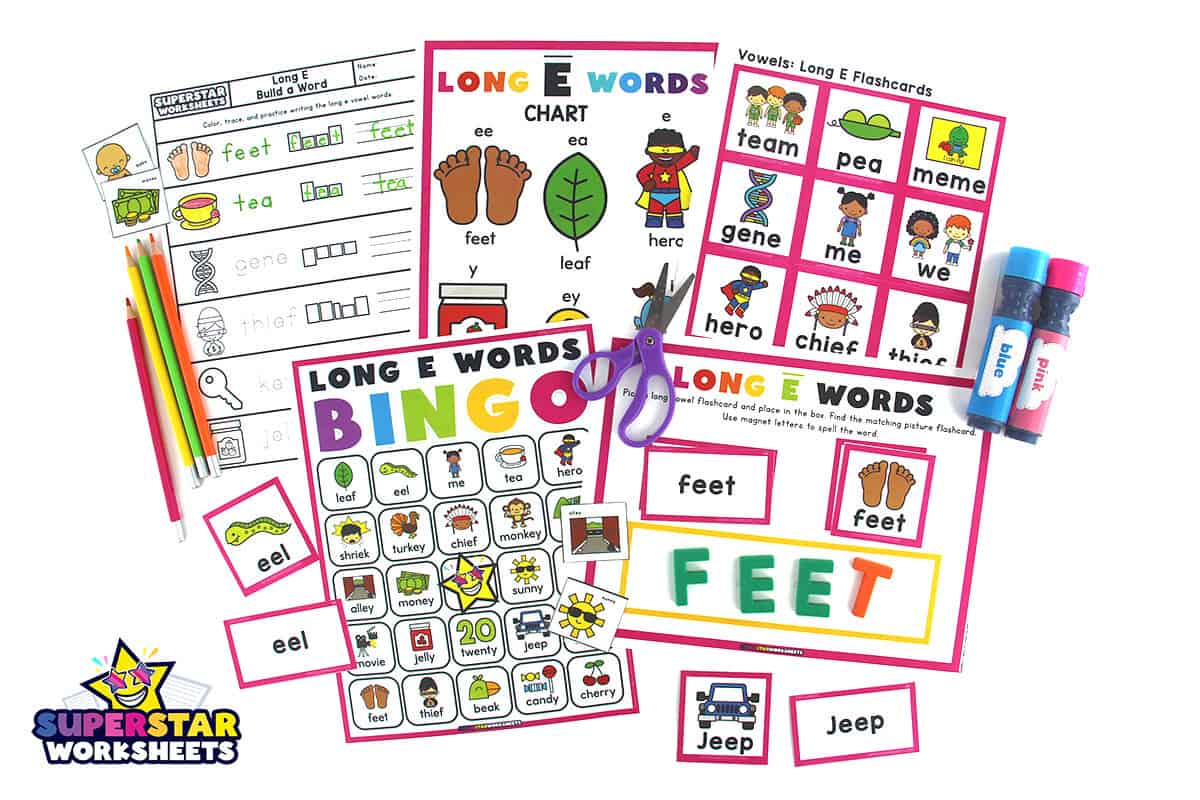
Understanding Spelling Patterns
There are a few spelling/word patterns that your students will learn about when using these free, printable vowel resources. Below you will find a brief overview of each type of pattern.
- Blend – Blends refer to the combination of two or more consonants pronounced in close succession without inserting a vowel between them, resulting in a single syllable. The term is often used in teaching reading and spelling to highlight how individual sounds merge smoothly in word formation. Blends can appear at the beginning of words (initial blends), like “st” in “stop” or “br” in “break”; in the middle of words (medial blends), though these are less common; or at the end of words (final blends), such as “st” in “last” or “nd” in “land.”
- Digraph – Digraphs represent a combination of two letters that produce a single sound unique from the sounds of each letter on its own. In the word “sheep,” the “sh” combination is a perfect example of a digraph. This pair of letters, when put together, creates a sound that is not quite the ‘s’ sound or the ‘h’ sound but a unique sound that blends the two into something new. Besides “sh,” other common digraphs include “ch,” “th,” “ph,” and “wh,” each producing a unique sound that contributes to the phonetic diversity of the language.
- Diphthong – A diphthong is a complex vowel sound that begins with one vowel sound and glides into another within the same syllable, creating a unique sound blend. Unlike pure vowels, pronounced with a single mouth position, diphthongs involve a noticeable change in mouth position and sound quality from start to finish. Examples in English include the sound combinations found in words like “coin,” where the ‘o’ shifts to an ‘i’ sound, and “loud,” where the ‘ou’ transitions from an ‘o’ to a ‘u’ sound.
- Silent (magic) E – The concept of the silent E, often referred to as the “magic E,” is a feature of the English language that plays a crucial role in altering the pronunciation and meaning of words. This silent E is not pronounced, but it has the power to change the sound of the vowel that precedes it, usually turning a short vowel sound into a long vowel sound. For example, in the transition from “cap” to “cape,” the introduction of the silent E changes the pronunciation of the “a” from a short vowel sound (/æ/) to a long vowel sound (/eɪ/).
- Open Syllable – An open syllable occurs when a vowel stands alone in the syllable and ends the syllable, typically resulting in a long vowel sound.
- Closed Syllable – In closed syllables, the syllable ends in a consonant, often leading to a short vowel sound.

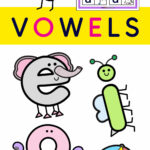
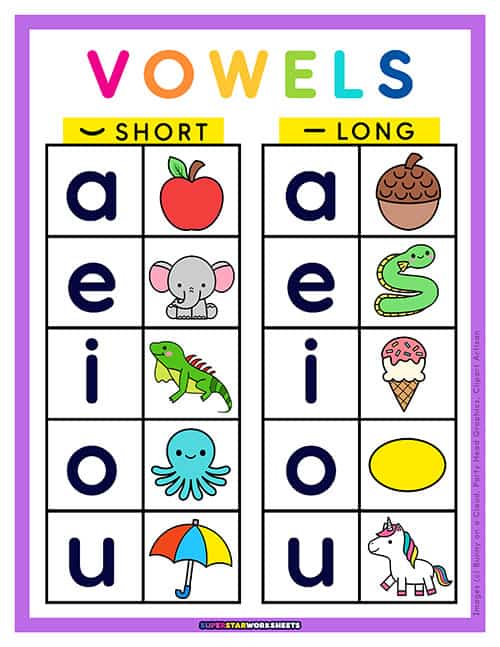
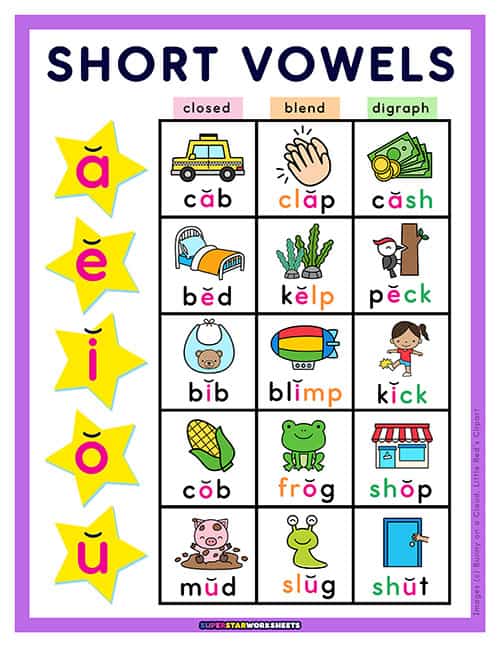
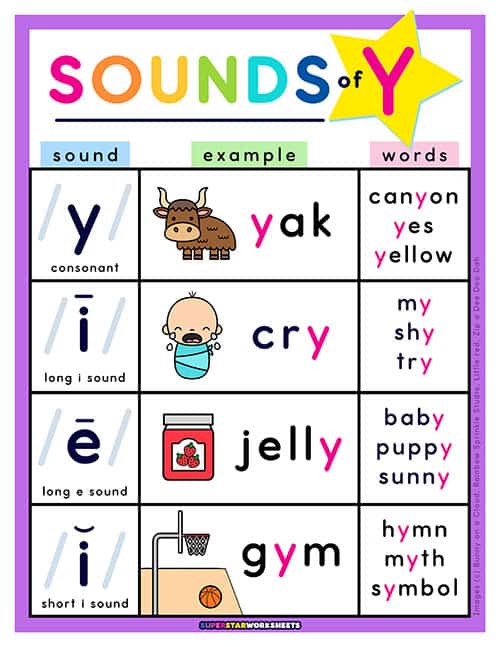
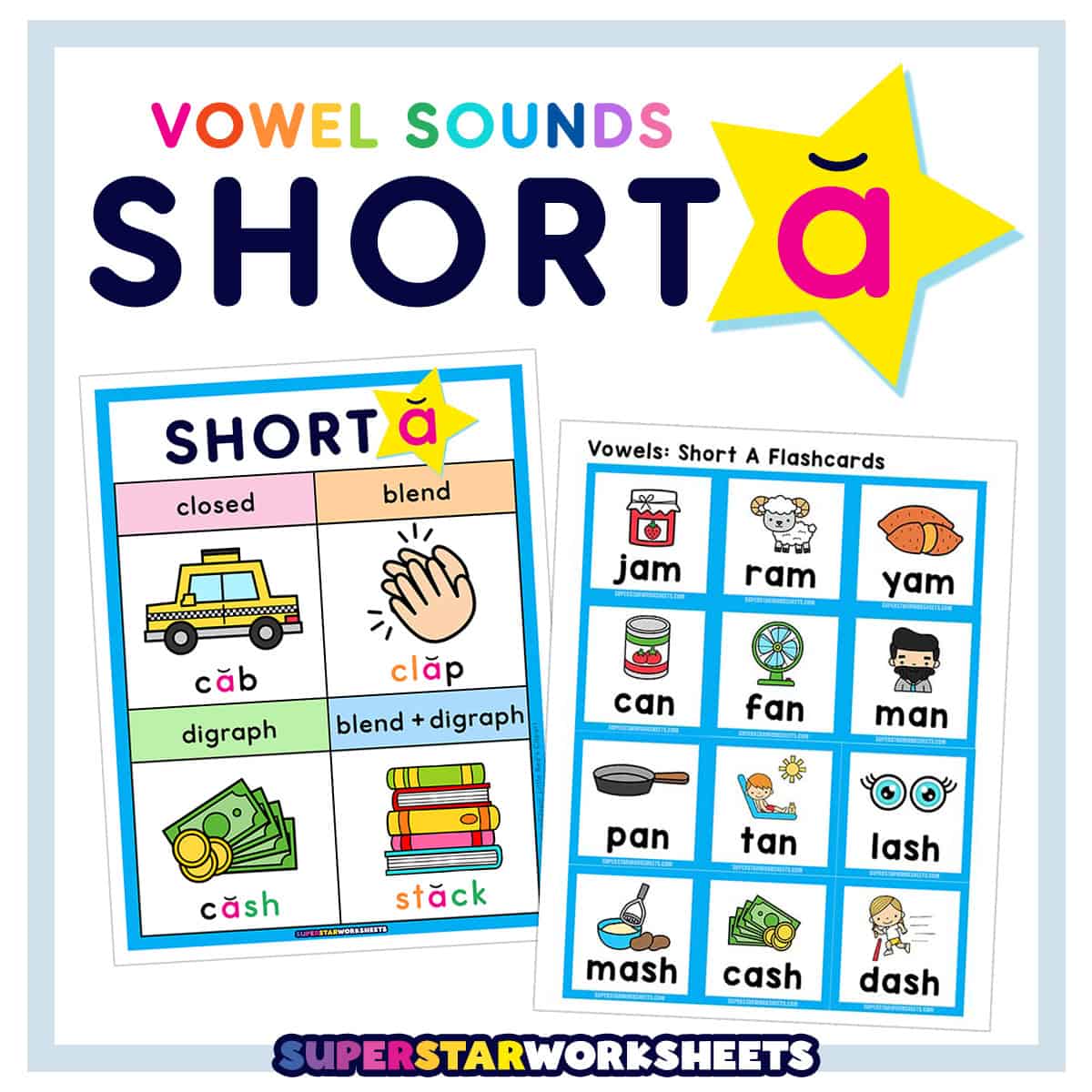
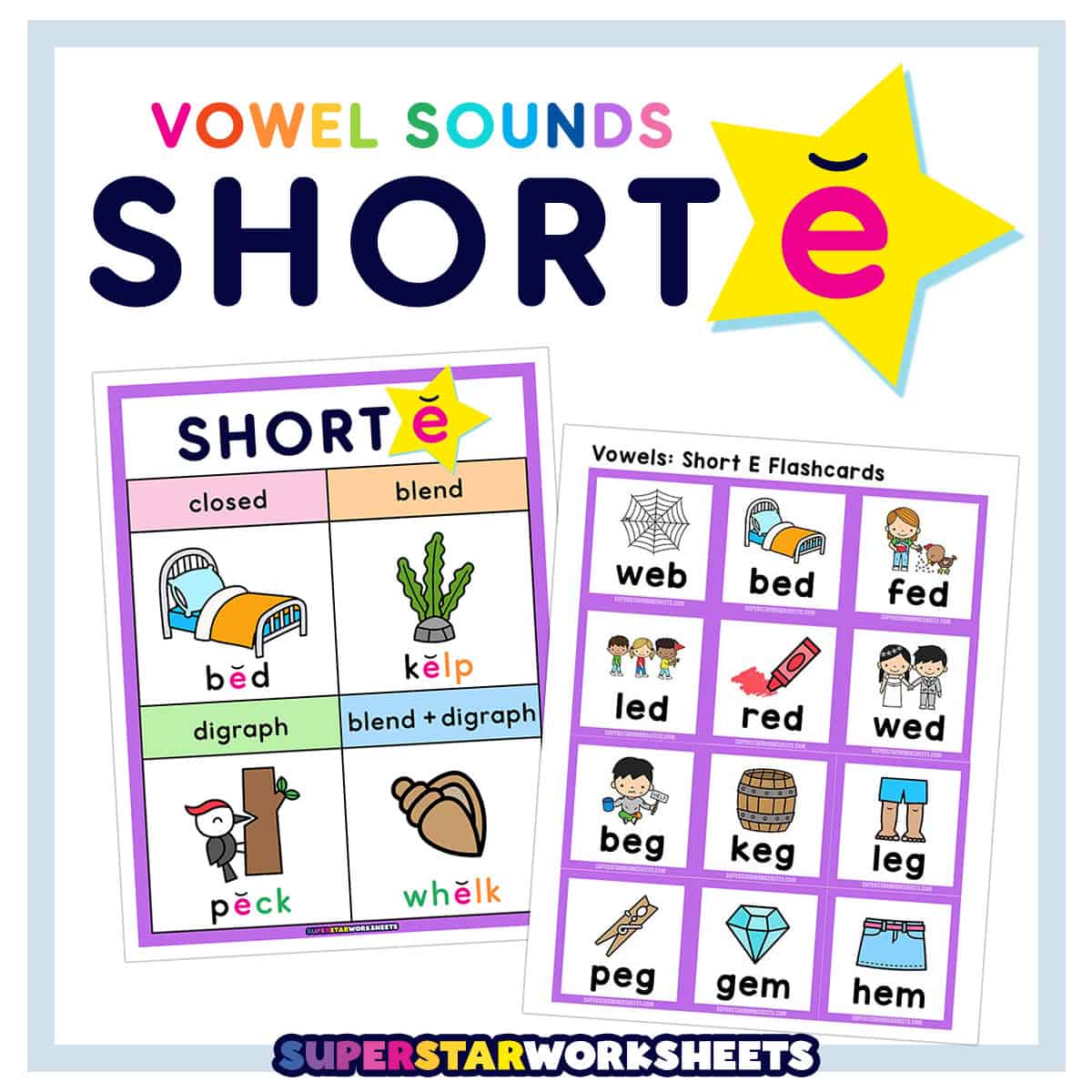
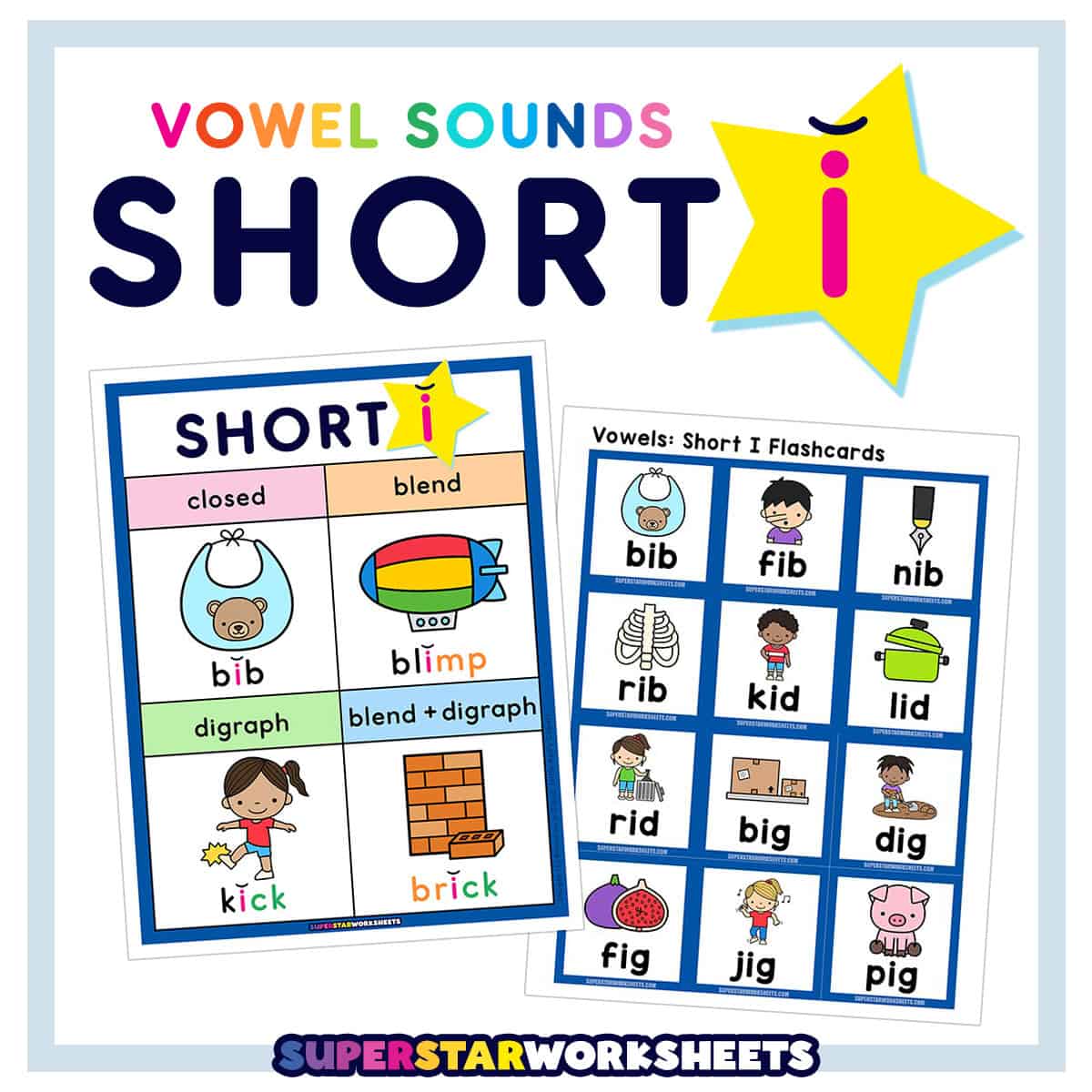
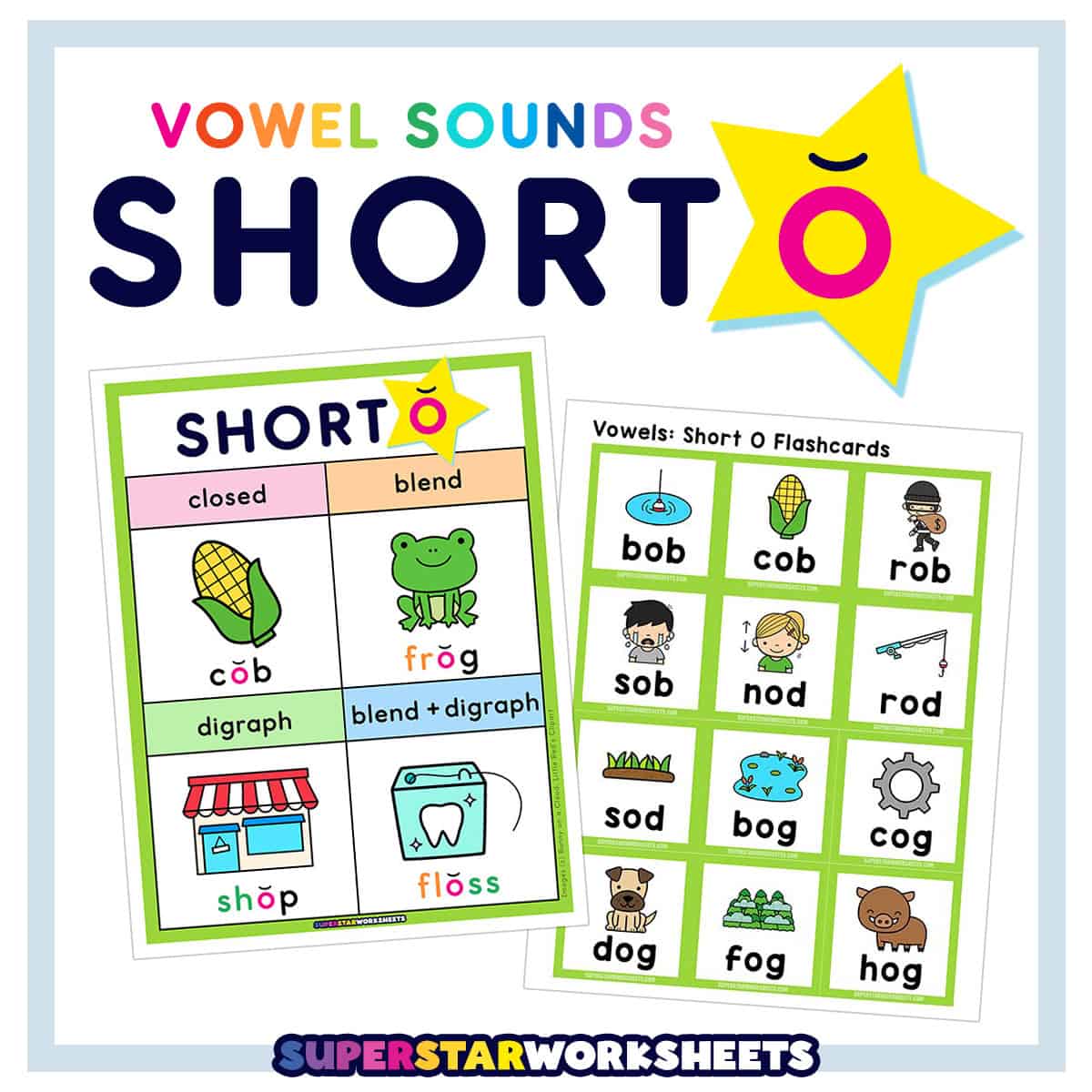
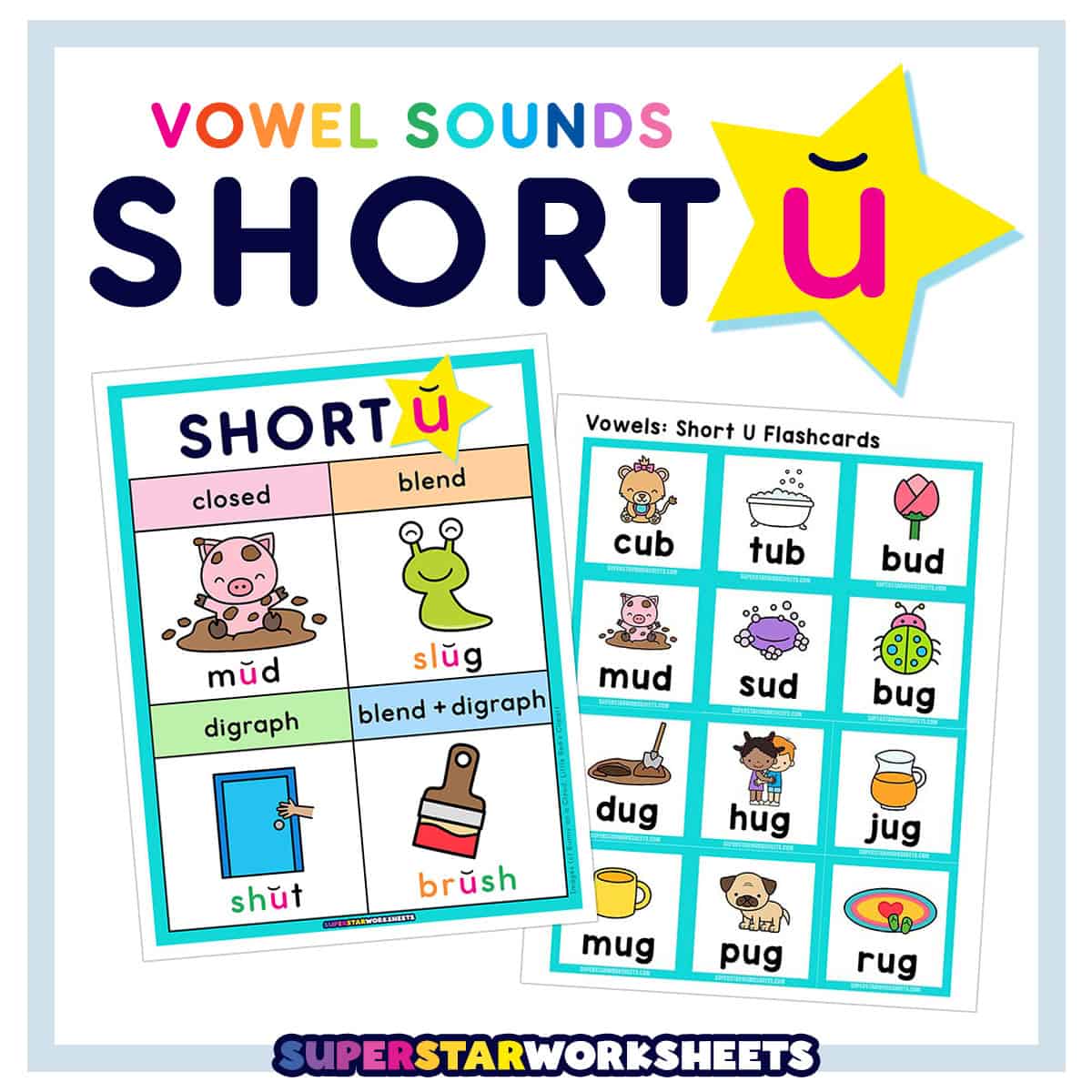
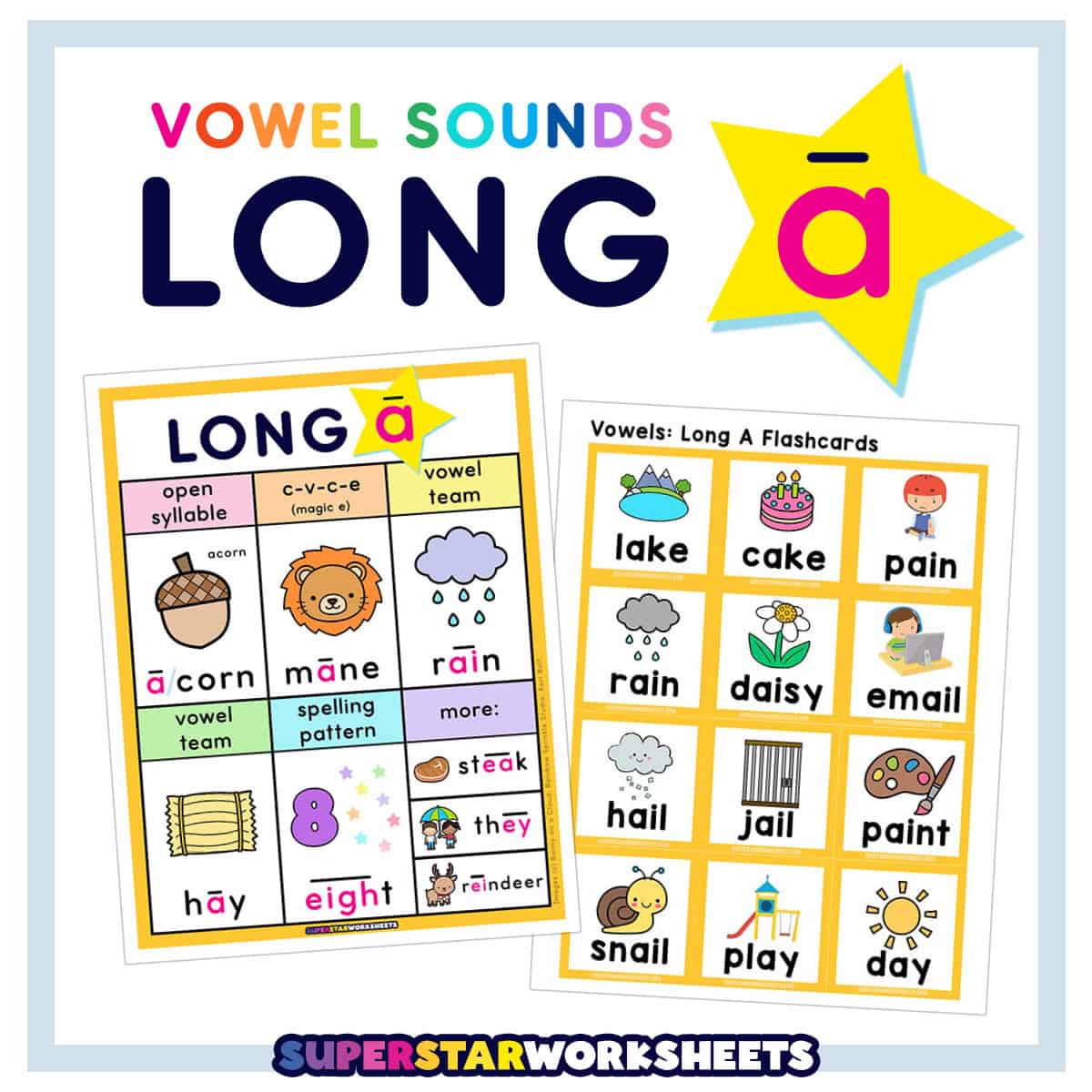
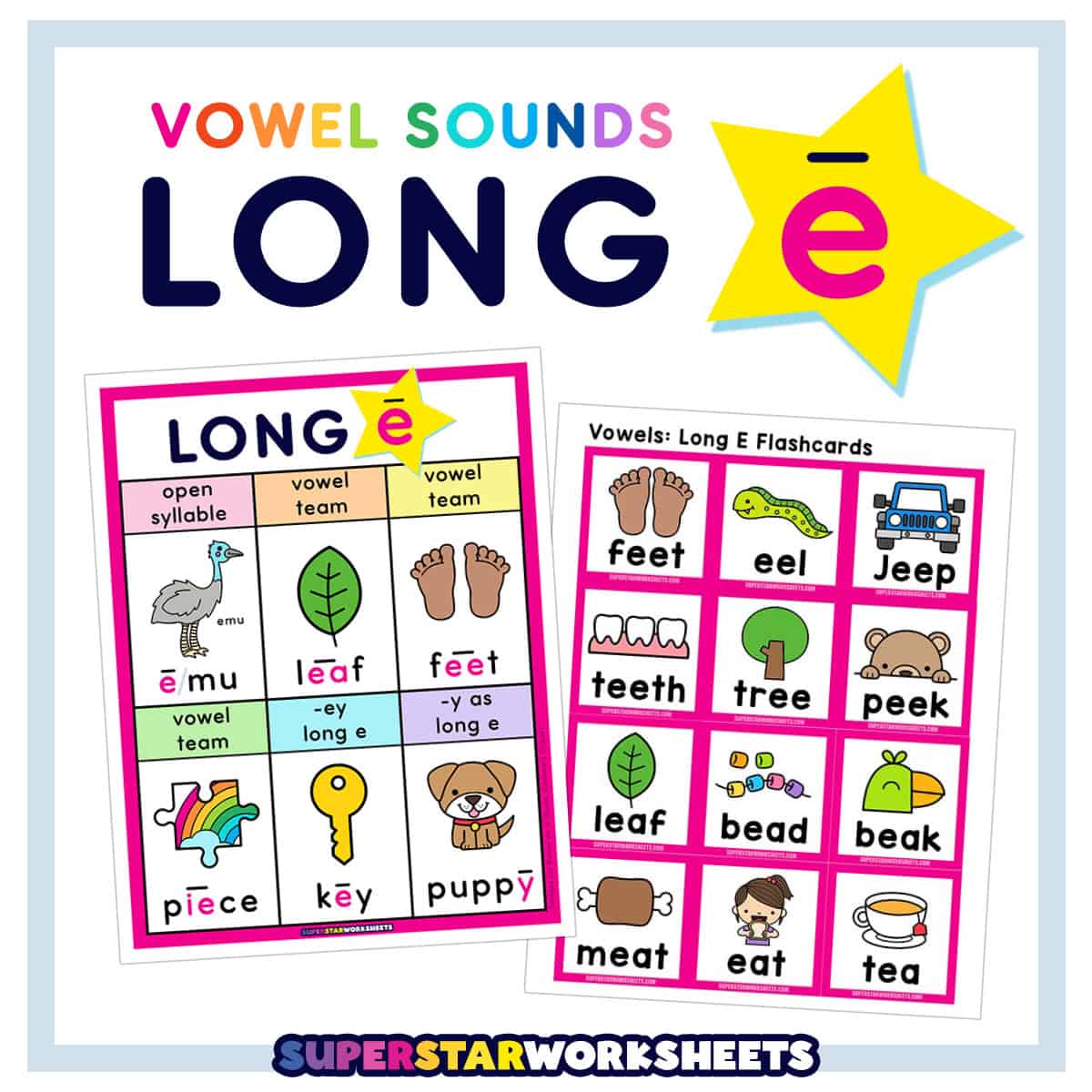
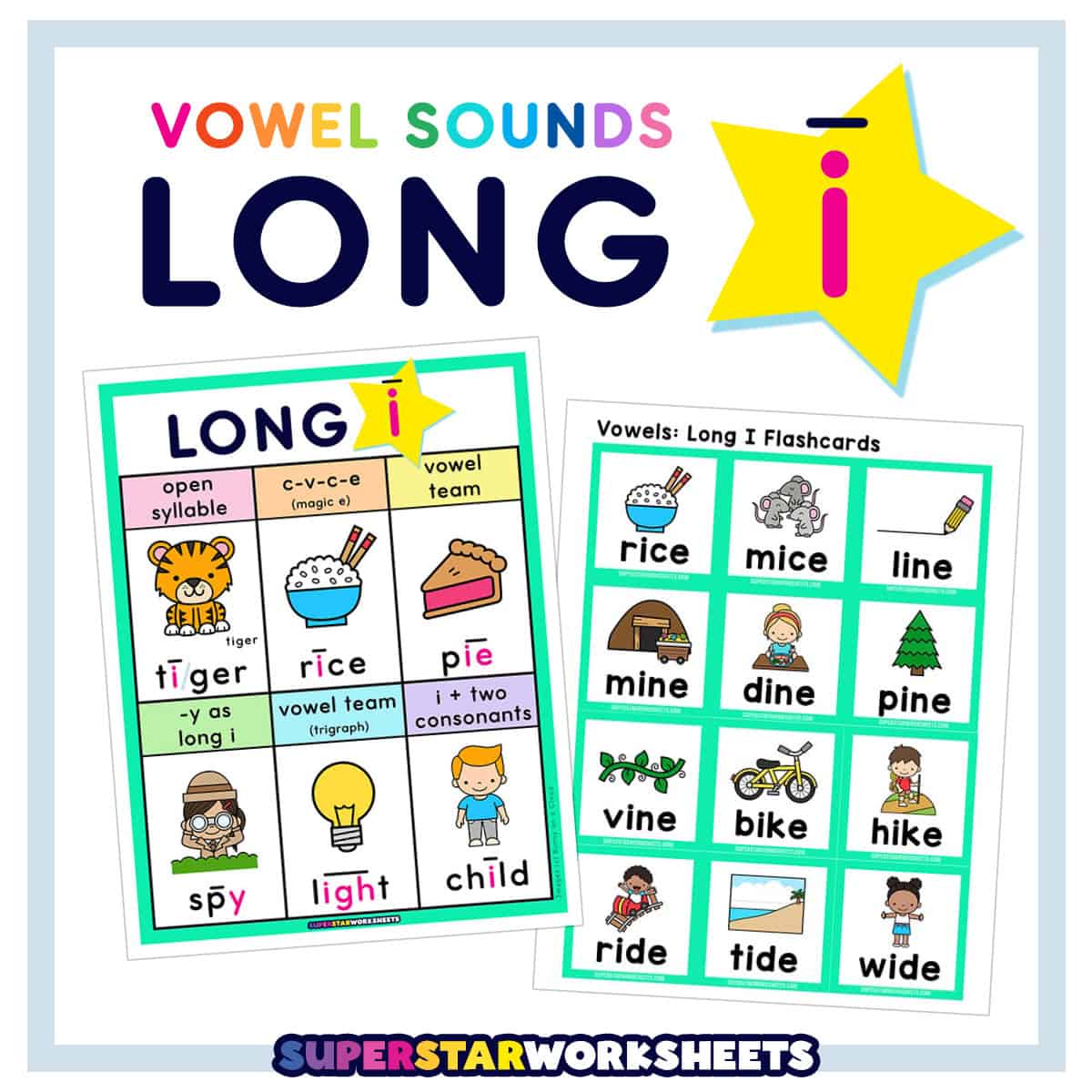
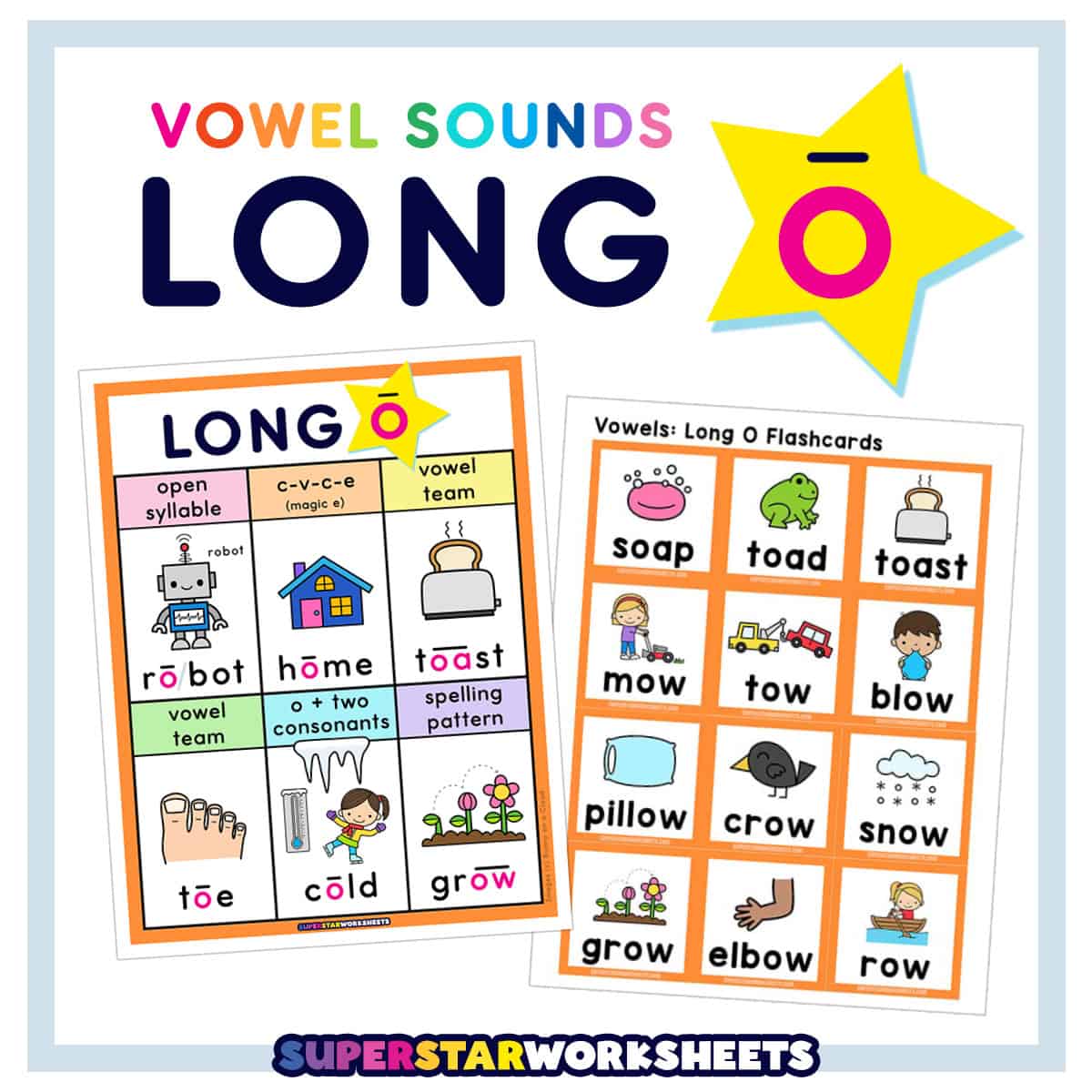
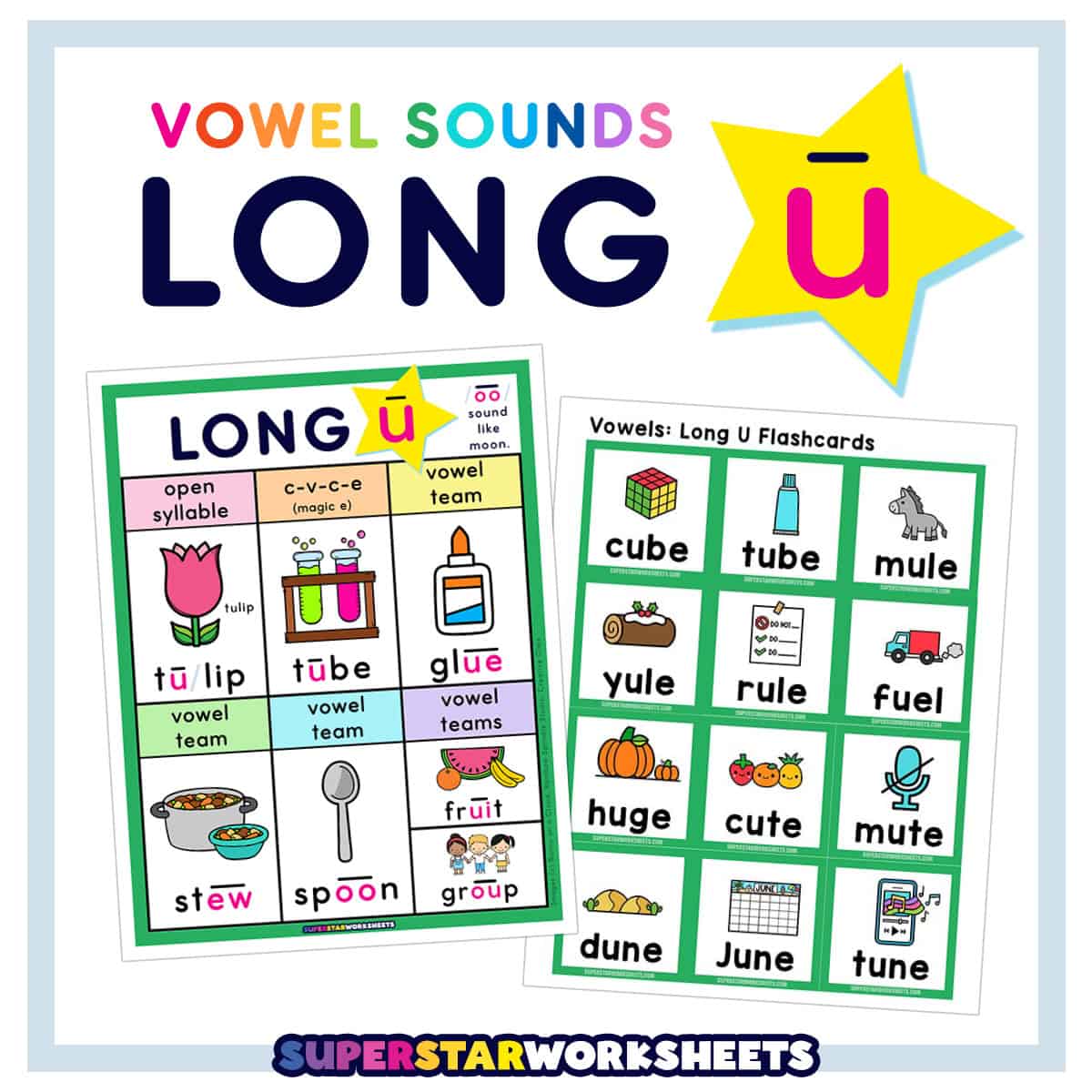

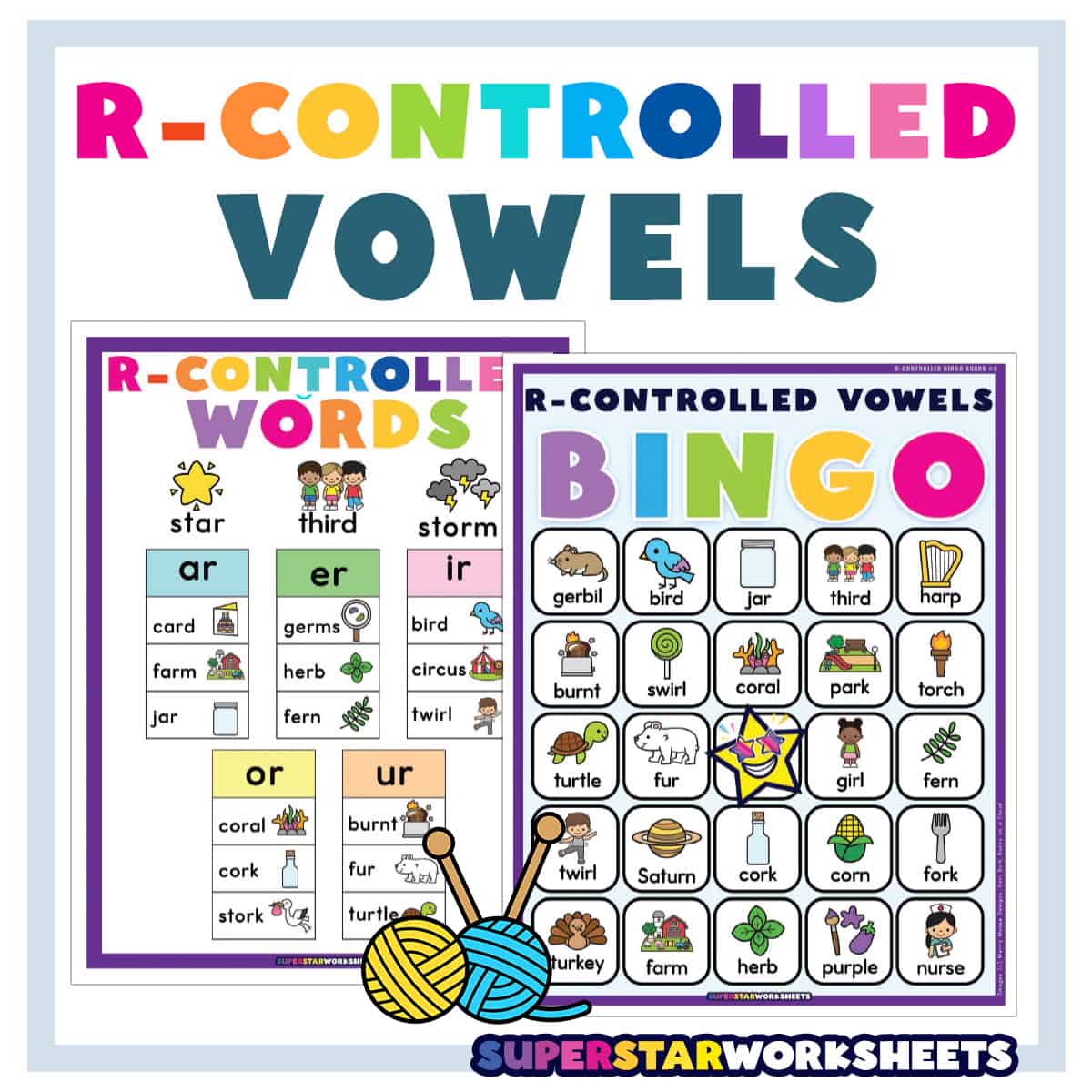
Leave a Reply